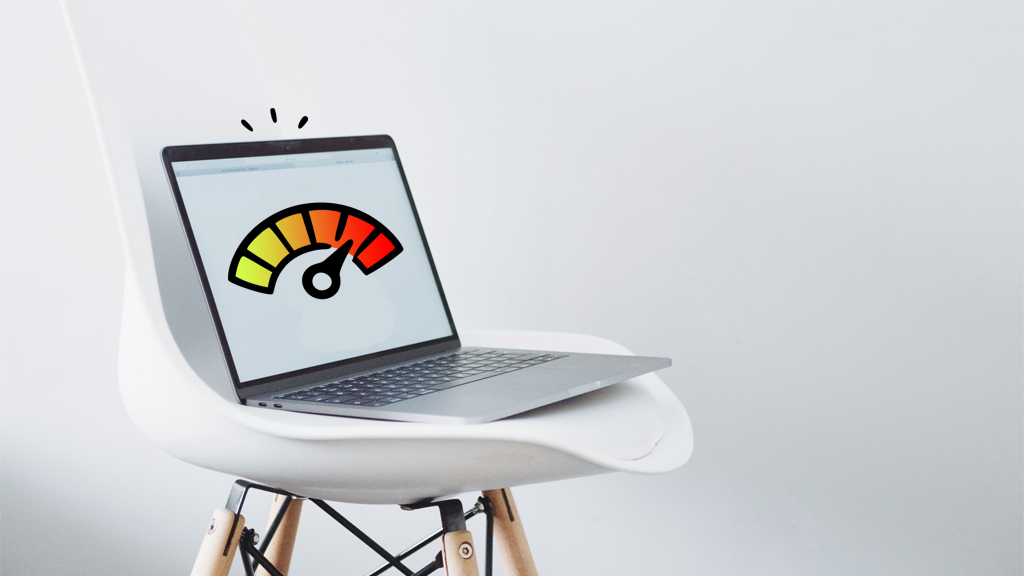Navigating the Heat Wave: Understanding Overheating in Laptops and Crafting Effective Solutions

In the ever-evolving landscape of technology, laptops have become indispensable tools for work, communication, entertainment, and beyond. However, as laptops continue to push the boundaries of performance and portability, they also grapple with the persistent challenge of overheating. In this comprehensive guide, we’ll explore the nuances of overheating in laptops, dissect its root causes, examine its detrimental effects, and most importantly, provide practical solutions to keep your device cool and running smoothly.
Unraveling the Phenomenon of Overheating:
Overheating in laptops occurs when internal components, such as the CPU (Central Processing Unit) and GPU (Graphics Processing Unit), generate excessive heat beyond the device’s thermal limits. This phenomenon can be attributed to several factors, including:
- Inadequate Cooling System: Laptops are equipped with fans and heat sinks to dissipate heat generated by internal components. However, inadequate cooling solutions or design flaws can impede heat dissipation, leading to overheating.
- Dust and Debris Accumulation: Over time, dust, debris, and pet hair can accumulate inside the laptop’s vents and fans, obstructing airflow and hindering cooling performance.
- Intensive Workloads: Running resource-intensive tasks, such as gaming, video editing, or 3D rendering, can place a heavy burden on the laptop’s CPU and GPU, leading to increased heat generation.
- Environmental Factors: Operating the laptop in hot or humid environments can exacerbate overheating issues, as ambient temperature and humidity levels can affect the effectiveness of the cooling system.
- Poor Thermal Management: Inefficient thermal management mechanisms, such as inadequate heat sinks or thermal paste application, can contribute to heat buildup and thermal throttling.
Detecting the Signs of Overheating:
Identifying the signs of overheating is crucial for preemptive action and preventing potential damage to your laptop. Common indicators of overheating include:
- Excessive Fan Noise: When the laptop’s cooling fans operate at maximum speed for prolonged periods, it may indicate that the system is struggling to dissipate heat efficiently.
- Hot Surface Temperatures: If the laptop’s exterior feels excessively hot to the touch, particularly near the vents or bottom panel, it may suggest that internal components are generating excessive heat.
- Performance Degradation: Overheating can cause thermal throttling, wherein the CPU and GPU reduce their clock speeds to prevent damage. This can result in decreased performance and sluggish system responsiveness.
- Frequent System Crashes or Shutdowns: In severe cases of overheating, the laptop may experience sudden shutdowns or system crashes as a protective measure to prevent component damage.
Crafting Effective Solutions:
Addressing overheating in laptops requires a multi-faceted approach that combines preventive measures and corrective actions. Consider implementing the following solutions to mitigate overheating:
- Ensure Proper Ventilation: Place the laptop on a flat, hard surface to allow for adequate airflow. Avoid using the laptop on soft surfaces, such as beds or couches, which can obstruct ventilation and trap heat.
- Clean the Vents and Fans: Regularly clean the laptop’s vents and fans using compressed air or a soft brush to remove dust and debris. This will improve airflow and cooling efficiency.
- Use Cooling Pads or Stands: Invest in a laptop cooling pad or stand with built-in fans to enhance airflow and dissipate heat more effectively. These accessories can help lower internal temperatures and prevent overheating during intensive tasks.
- Optimize Power Settings: Adjust the laptop’s power settings to prioritize energy efficiency and reduce heat generation. Lowering the screen brightness, disabling unused peripherals, and limiting background processes can help conserve power and reduce heat output.
- Update Drivers and Firmware: Ensure that device drivers, firmware, and BIOS (Basic Input/Output System) are up to date to access performance optimizations and bug fixes that may address overheating issues.
- Monitor System Temperatures: Install temperature monitoring software to track the CPU and GPU temperatures in real-time. This will allow you to identify potential overheating problems and take corrective action before they escalate.
- Apply Thermal Paste: If you’re comfortable with hardware maintenance, consider applying high-quality thermal paste to the CPU and GPU to improve heat transfer and reduce thermal resistance.
- Limit Intensive Tasks: When performing resource-intensive tasks, such as gaming or video editing, take breaks to allow the laptop to cool down periodically. Consider reducing graphics settings or limiting the duration of intensive sessions to prevent overheating.
- Inspect and Replace Components: If overheating persists despite preventive measures, consider having the laptop inspected by a professional technician. Faulty components, such as malfunctioning fans or degraded thermal pads, may require replacement to resolve overheating issues effectively.
Conclusion:
In conclusion, overheating in laptops poses a significant threat to performance, reliability, and user experience. By understanding the root causes, detecting the signs, and implementing effective solutions, users can mitigate overheating issues and ensure their laptops remain cool and functional. Whether it’s practicing proper ventilation, cleaning dust and debris, or optimizing power settings, proactive measures are essential for maintaining optimal thermal performance and prolonging the lifespan of your laptop. So, don’t let overheating dampen your computing experience—take action today to keep your laptop running cool and smooth for years to come.







